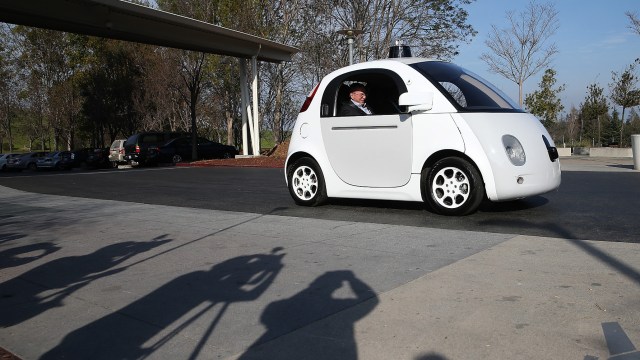Throwback Thursday: Do you really love science?
It’s not just leaps and breakthroughs, but a way of thinking and a way of life. Are you in?
“When I say, ‘I love you,’ it’s not because I want you or because I can’t have you. It has nothing to do with me. I love what you are, what you do, how you try. I’ve seen your kindness and your strength. I’ve seen the best and the worst of you. And I understand with perfect clarity exactly what you are.” –Joss Whedon
I bet you love science; practically all of us do, whether we realize it or not. As children, we all live as scientists, born with no knowledge or experience of this world, but with inherent ability to learn and adapt.

Our senses help us tremendously with this: you burn yourself when you touch something that’s extremely hot, so you learn not to touch things like fire. You learn that as you get closer to it, it feels warmer, so you learn to stay at a safe distance. You see the smoke rising up from it, and learn how to safely avoid getting burned. And as you gain experience and an understanding of fire, lava, and other scorching objects, you learn how to avoid touching something that looks like it could be too hot.
And you do alright, for a time.

Until, perhaps, you learn that not all hot things look hot! But that pot on the stove burns you just as surely as the fire would, even though it didn’t give off the same warning signals that the fire did.
That’s okay, because you’re a scientist! Your old theory — or way of making sense of the world — now gets revised, and replaced with a new one that’s even better at describing the full suite of phenomena you’re aware of. Hot things don’t just glow red, feel hot from a distance, or give off smoke (although some do), they have a variety of properties depending on just what the object is, and how hot it is. There are many ways to burn yourself, and as you build up your experience in the world, you start to learn that coming into contact with objects at extremely hot temperatures is the thing that will burn you.
And you do alright, for a while, until you encounter something very, very cold.
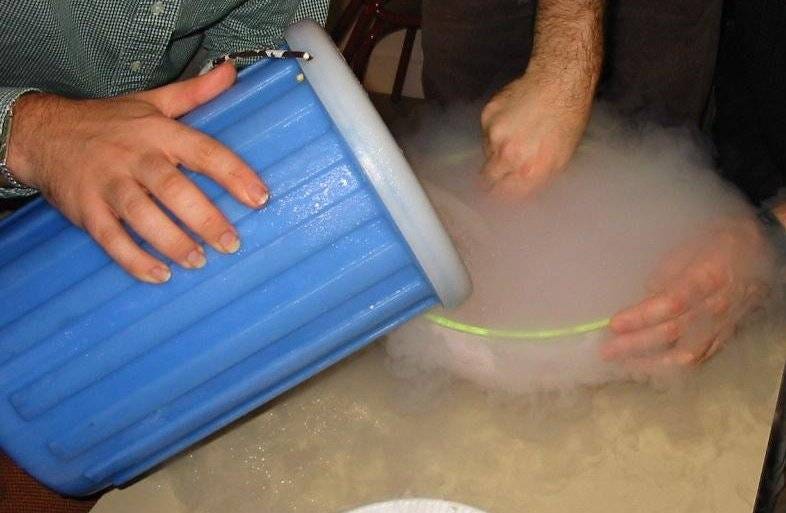
Very, very cold objects, like dry ice or liquid nitrogen, can also burn you! So again, your theory — or your way of making sense of what will burn you — changes yet again. It isn’t just very hot objects, in all their varieties; your theory evolves to encompass all objects of extreme temperatures, which is to say, temperatures that are extremely different from your own skin’s temperature!
In this sense, we’re all scientists; every time we encounter something in the natural world that isn’t explained by our current understanding of it, we revise our explanations so that they can explain both the old phenomena that our previous explanations took care of, but also explain the new phenomena that the archaic explanations are insufficient for.
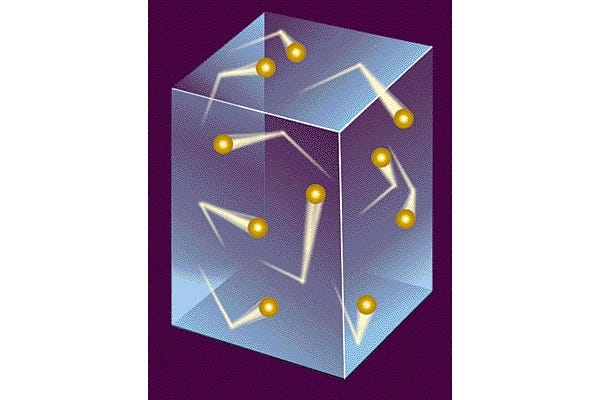
In reality, we understand temperature by the properties of motion of molecules and atoms that makes up a material or system, and the temperature depends on the speeds and distribution of what it’s made of. You — a living creature — can experience a burn if the atoms or molecules that make you up are made to move in a way that your body does not know how to accommodate. This can mean making your molecules move too fast, too slow, or simply with the wrong distribution can damage you.
Well, if you can forget what you learned about the scientific method for a minute, this is pretty much the path that science always takes. You have experiences and phenomena that you seek to explain and make sense of, so you create explanations for them. And if your explanations can predict what’s going to happen in a given situation, you’ve got a scientific theory.
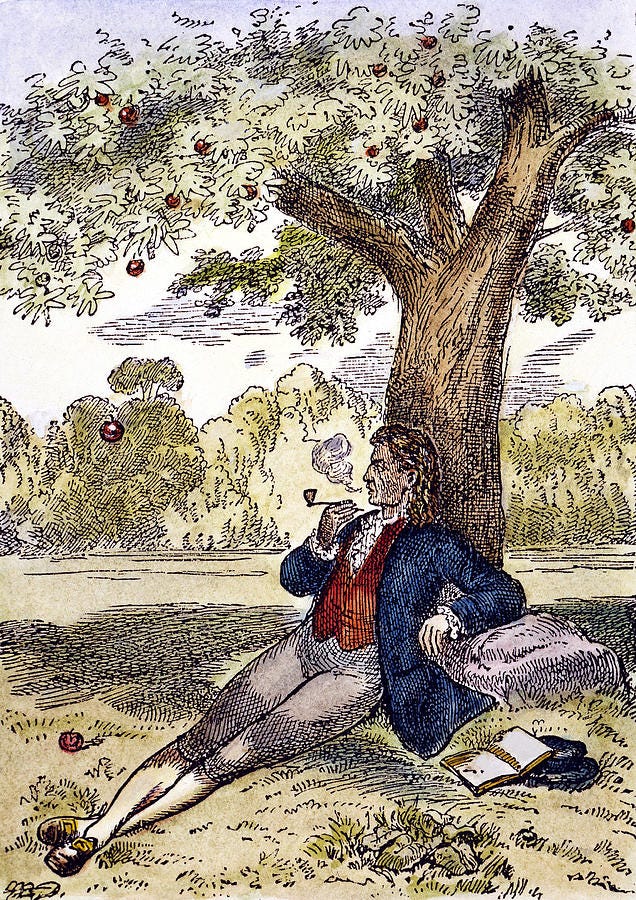
Every scientific theory has predictive power, and something else that we don’t normally think about: a range of validity. In other words, we’re going to do experiments, make observations, and otherwise poke-and-prod the predictions of this theory. Ideally for a scientific theory, the range of validity will be as large as your experiments/observations permit, and the any discrepancies will be solely due to experimental/observational errors. This was why Newtonian gravity was the most successful theory of all time; it stood, unchallenged, for the better part of three centuries.
But if that ideal were met for your scientific theory, your field of science would never move forward. And yet, science is always marching on.
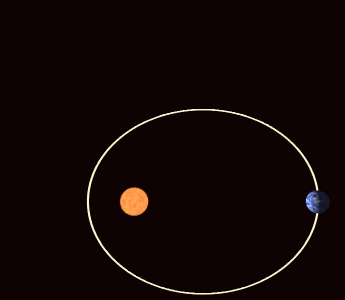
When the orbit of the innermost planet — Mercury — failed to line up with the predictions of Newtonian gravity, this was both a crisis and an opportunity for physics. On the one hand, Newtonian gravity had a huge range of validity, from the smallest probed scales and weakest gravitational forces measurable all the way up to celestial bodies in motion around one another. The observed discrepancy was that Mercury’s orbital path precessed at just a slightly different amount from the prediction: 5600″-per-century, as opposed to the 5557″ predicted.
Yet that tiny difference — that less-than-1% difference from the Newtonian prediction — was real, and confirmed by centuries of observations from multiple points. It wasn’t a random fluctuation, it wasn’t a fluke observation, it wasn’t due to a systematic error. Instead, this was an indication that something was different from our expectations.
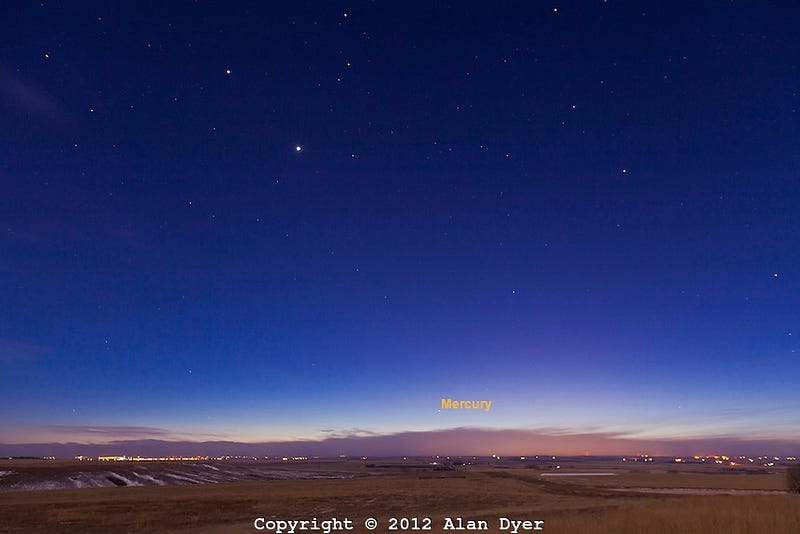
There were a lot of possibilities as to what could have caused this. Newton’s gravity being wrong was only one of them: there could have been a new mass (or set of masses) that were previously unseen, the Sun could have had different properties from what we assumed it had, or the solar corona could have been massive and extended, for example.
When observations or experiments aren’t aligned with what a theory predicts, it doesn’t mean that your theory is wrong or invalid, it may mean that there are physical effects — perfectly explained by the science that’s presently understood — that we haven’t accounted for. In fact, this is most frequently the resolution to an unexpected observation: a fundamentally understood physical phenomenon whose presence and application with respect to the problem-at-hand was unexpected.
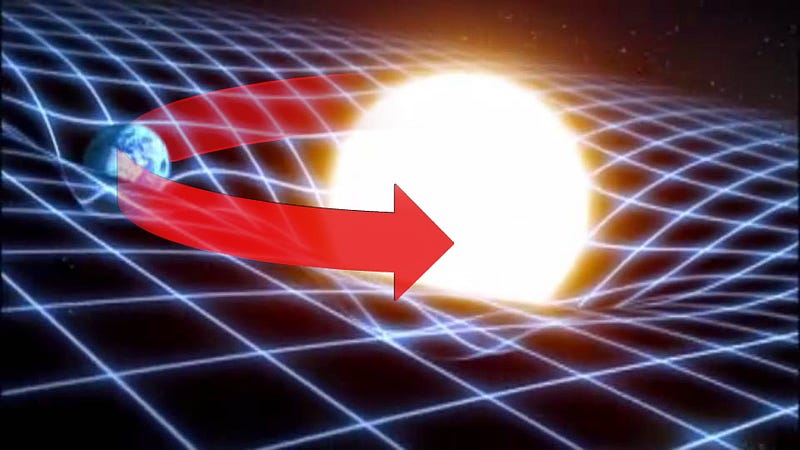
There are two major problems with this being the truth about our reality:
- This is not what generally excites people’s imaginations, and
- This is not what leads to a game-changing theoretical leap.
So we run into a problem from scientists, science communicators and journalists: people immediately jump to the sensational, theoretical-leap explanation when we first encounter these unexpected phenomena. But that sensational explanation is almost always wrong. The first question you should always ask yourself is whether it’s possible that known physical laws and theories can explain this new observational or experimental result.
Now there’s nothing wrong with entertaining the theoretical leap as a possibility; there’s only something wrong if you entertain it as the only (or the leading) possibility. Because — and pardon me here — any idiot can go off and speculate about how the laws of nature might be different. If you want to go from idle speculation to solid science, there’s a clear path, but it’s a path that’s only very rarely talked about.

First, if you intend to make a theoretical leap, your new theory must encompass all the successes of the old theory. Anything it could do, your new theory must do as well.
Second, you must explain the newfound observation/experiment, thereby enhancing or extending the range-of-validity of your predictive power of the world. When DNA was discovered, it didn’t replace genetics (which, in turn, didn’t replace Darwinian evolution), it merely encompassed and extended it, providing a more powerful predictive framework for explaining the measurable/observable properties of living things. When Einstein’s general relativity came out, it needed to explain everything Newton’s gravity did, as well as to succeed where Newton’s gravity failed: at correctly predicting the orbital behavior of Mercury, which it did.
And finally, this theory must make a new prediction (that’s once again different from the old theories) which can be tested, and either verified or refuted. More than one is better, but at least one is absolutely necessary!
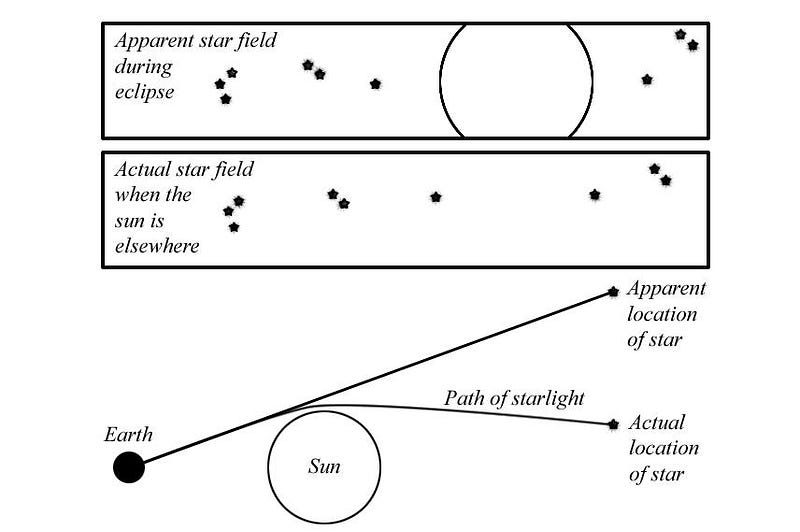
For general relativity, this was the prediction of the bending of starlight by dense, massive objects, proposed in the mid-1910s and verified observationally in 1919. (And many times since.)
So the next time you’re reading a story that makes an extraordinary claim, ask yourself — critically — if the extraordinary claim is really necessary, or if science could explain it simply with what’s already known. Because it almost always can.
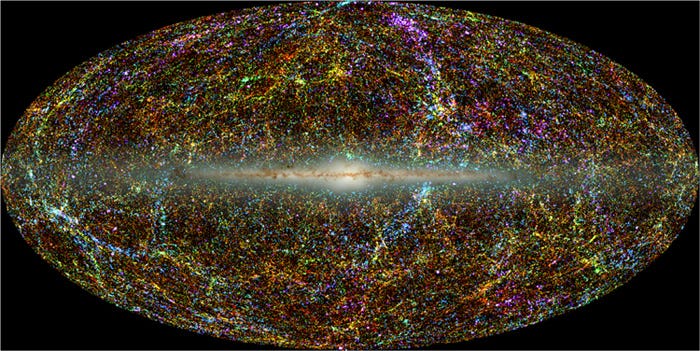
The Universe is an amazing place, and science loves nothing better than to increase our understanding of how it all works. You can’t really love science unless you understand what it is, so teach yourself how to spot those who would replace that knowledge with hype and speculation. As one of my (fellow scientist) friends said:
“[H]ow to do it right” will be ignored as long as “doing it right” requires sitting down and doing careful thought for more than 5 minutes. Better to get one more crap paper on your CV, than get the right (usually boring) answer.
Don’t fall for the hype; as anyone who’s lived it can tell you, there’s nothing more exciting than getting it right for yourself! So do it for yourself, do it for the good of the world, and do it for the love of science. It’s the most rewarding thing any of us — for the sake of knowledge — can ever do.
Leave your comments on our forum, and support Starts With A Bang on Patreon!





